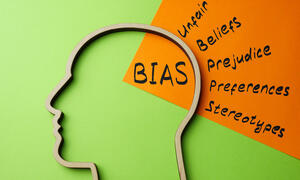Understanding and Countering Antisemitism and Islamophobia
The rise in antisemitism and Islamophobia in the United States requires us all to help ensure children’s right to an education free from bigotry in an inclusive and supportive environment. Our newest article provides essential overviews of Islamophobia and antisemitism and context for how these forms of hate and bias can manifest in schools. The accompanying toolkit shares practical guidance, strategies and resources for countering bigotry and fostering safer and more inclusive culture in schools and communities.
- Understanding and Countering Antisemitism and Islamophobia in Schools
- Speak Up at School
- Discussing War and Conflict: Resources for Educators, Parents and Caregivers


